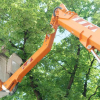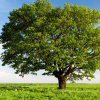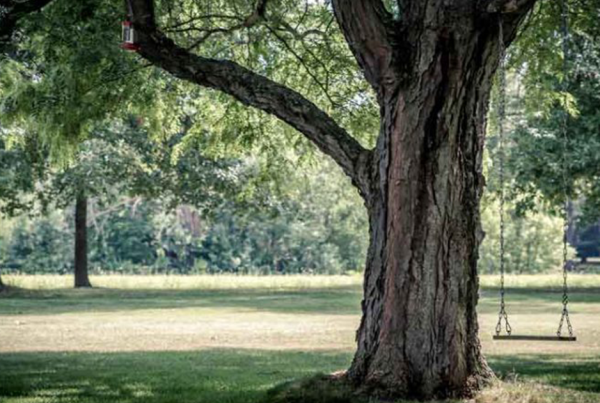
Wildfires are devastating. In the state of California alone, they destroy more than a thousand man-made structures every year. If you do a Google search, you might be surprised at how common wildfires are, not just in California but in other states as well.
So how do you protect your home and property from wildfires? What can you do to help mitigate the spread of a potential wildfire in your area? Oh, and did you know that planting trees and creating a tree firewall can help prevent wildfires from destroying your property?
The Role of Trees and Landscape in Creating Good Defensible Space against Wildfire
But preventing the spread or the occurrence of wildfires takes more than just planting trees. There’s more to it than that. For example, when trees are not planted the right way, positioned properly, or maintained regularly, they can easily become a catalyst for wildfires rather than act as protective barriers.
It’s no secret that planting trees and shrubberies in your yard can add beauty and value to your property, as well as help control soil erosion. The downside, however, is your property essentially becomes a fire hazard.
But wait. Don’t start removing plant life in your property just yet!
Trees, shrubberies, and other plant life will only become fire hazards if they are not planted in the right place and if they don’t undergo regular maintenance. Best practices when it comes to planting and maintenance should always be observed, especially if you live in an area prone to wildfires.
Useful Tips to Protect Your Property against Wildfire
- Remove brush and shrubberies around buildings and structures. Preferably, there should be at least 30 feet of space between buildings and shrubberies. Limit brush height to no more than 18 inches within 70 feet of structures.
- Avoid planting chaparral-type plants in and around your property, especially if your area is prone to wildfires. Plants like chamise, yucca, sage, pine, redshank, protea, common buckwheat, honeysuckle, and other chaparral-type plants are highly flammable and will burn like oil once they catch fire.
- Keep your yard and the fire-safe zone around your home clean at all times. Do you see those dead leaves under your trees and shrubs? Make sure that they are removed regularly. Dead leaves are highly flammable and can easily catch fire. If you need to change your landscape, make sure to inquire about the rules and regulations in your area.
- Choose plant species carefully when planting new shrubs and trees in your property. If a wildfire is a serious concern in your area, opt for fire-retardant, non-invasive plants. Consult a local plant expert to see which plants are best suited for your area.
- Employ proper irrigation techniques. One of the key factors that help mitigate the spread of wildfire is soil condition. If the soil in your property is healthy and irrigated properly, with the right irrigation methods, the defensive space you’ve created around your property will be more effective.
Now, what about the trees? What should you do with your trees?
Creating an Effective Tree Firewall around Your Property to Maximize Defensible Space
Trees provide an amazing view, they offer shade on a hot afternoon sun, and they enhance the beauty of any landscape. The downside is trees can catch fire, which can quickly go out of control. So how do you transform a fire hazard into an effective barrier against wildfire?
- Choose an appropriate tree species to plant in your property. Not all types of trees are fire hazards, although there are highly flammable ones that can burn like oil. If you live in an area prone to wildfires, make sure to select trees that have fire-retardant properties so they can serve as a barrier between your home and potential wildfires.
- Make sure the trees in your property are properly arranged and spaced adequately. Fire can spread more easily from tree to tree, shrub to shrub if the plants are positioned too close together. To make keep potential fires from spreading, increase the spacing between your trees and other plant life.
- Keep your trees regularly maintained. Regular pruning and removing of dead branches and limbs are important. Not just for the health of the tree, but for fire prevention as well. You should also remove branches that are too close to the ground to eliminate fuel ladders, thus keeping the ground fire from reaching the crown of the tree.
- Consult a certified arborist in your area to help manage your landscape and develop an effective defensive fire-safe zone around your property.










